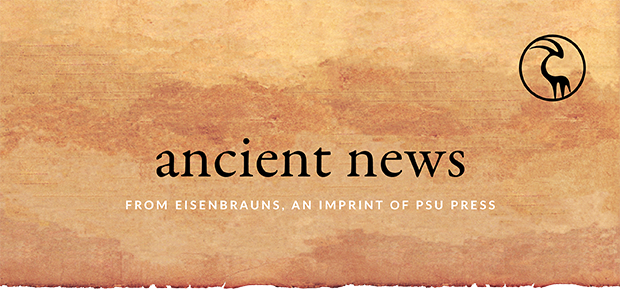
general news
Welcome to the September issue of Ancient News.
After a few hiccups, I think we are on track to have two-week sales. The current sale is 40–50% off all titles in the Languages of the Ancient Near East and the inaugural volume in the Languages of the Ancient Near East Didactica series. I’ve listed a few of the more recent titles below, but take time to visit the sale page to see them all. The sale ends September 30th, so hurry. Find out about all our sales and new releases by updating your BookNews subscription.
We had some new books come out this month, plus a few that came out in August. I’ve listed four below. Use coupon code NR20 for 30% off. If you have an idea for a book, let Jen Singletary, our acquisitions editor know.
I ran across several good reviews of Eisenbrauns books this month. I’ve included excerpts from four of them below. Use coupon code NR20 for 30% off. If you happen across a review of an Eisenbrauns book, please let me know about it via email!
Rounding out this month’s Ancient News is a pair of PSU Press books that you might find interesting.
The Press is still taking precautions related to the novel corona virus, so your orders and responses to inquiries might take longer than normal. Learn more here.
Enjoy the fall weather and stay healthy!
James
two-week sale
40–50% off LANE/LANE-D titles!
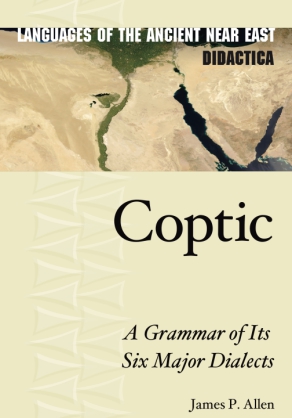
Coptic
A Grammar of Its Six Major Dialects
$59.95 $35.97 (40% off!)
Forthcoming!
Unlike previous grammars that focus on just two of the Coptic dialects, this volume, written by senior Egyptologist James P. Allen, describes the grammar of the language in each of the six major dialects. It also includes exercises with an answer key, a chrestomathy, and an accompanying dictionary, making it suitable for teaching or self-guided learning as well as. . . (more)
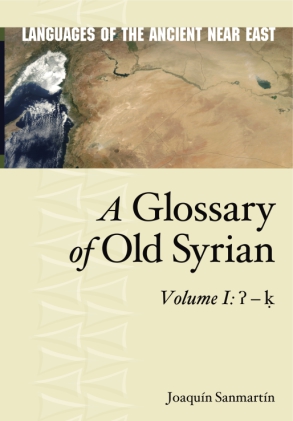
A Glossary of Old Syrian
Volume 1: ʔ – ḳ
$109.95 $65.97 (40% off!)
A Glossary of Old Syrian: ʔ – ḳ is the first of two volumes aimed at the completion of a lexicographical index of the Old Syrian linguistical continuum. This glossary gives a picture, or map, of the Old Syrian lexicon as it can be extracted and reconstructed from the available sources, from the (Old Akkadian-)Eblatic through the Old and Middle Babylonian corpora. . . (more)
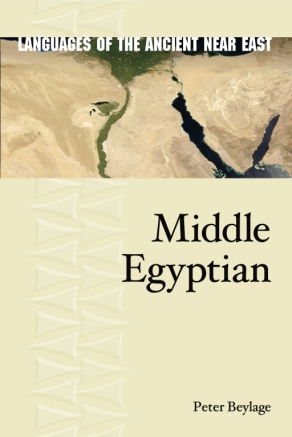
Middle Egyptian
$89.95 $53.97 (40% off!)
This grammar provides a comprehensive overview of Middle Egyptian and illustrates its grammatical features with extensive examples from various sources. Exercises at the end of each chapter, along with a sign list and a hieroglyphic word list, provide the reader with the means to apply and practice the content, enabling this book to be. . . (more)
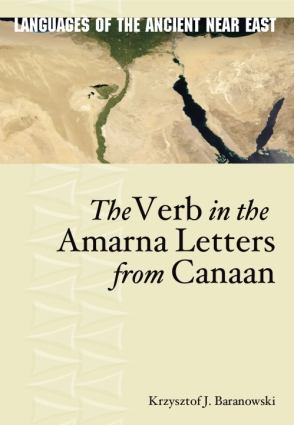
The Verb in the Amarna Letters from Canaan
$69.50 $41.70 (40% off!)
The Amarna letters from Canaan offer us a unique glimpse of the historical and linguistic panorama of the Levant in the middle of the fourteenth century BCE. Their evidence regarding verbs is crucial for the historical and comparative study of the Semitic languages. Proper evaluation of this evidence requires. . . (more)
new eisenbrauns books
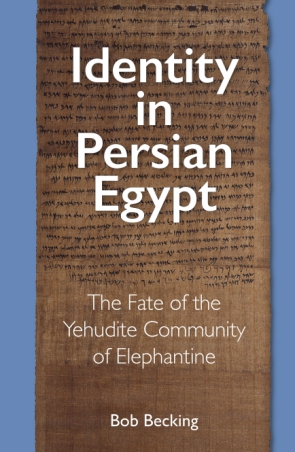
Identity in Persian Egypt
The Fate of the Yehudite Community of Elephantine
Bob Becking
Just arrived!
In this book, Bob Becking provides a comprehensive and up-to-date overview of the origins, lives, and eventual fate of the Yehudites, or Judeans, at Elephantine, framed within the greater history of the rise and fall of the Persian Empire.
The Yehudites were among those mercenaries recruited by the Persians to. . . (more)
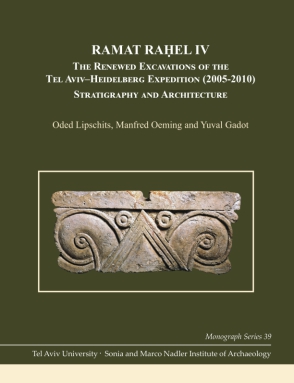
Ramat Raḥel IV
The Renewed Excavations by the Tel Aviv–Heidelberg Expedition (2005–2010): Stratigraphy and Architecture
Oded Lipschits, Manfred Oeming, and Yuval Godot
Just arrived!
This is the first of a three-volume final report on the Tel Aviv–Heidelberg Renewed Excavations at Ramat Raḥel, 2005–2010. It presents the stratigraphy and architecture of the excavation areas, including portions of the palatial compound, the subterranean columbarium complex, and the Late Roman cemetery; site formation of the tell; twentieth-century fortifications at. . . (more)
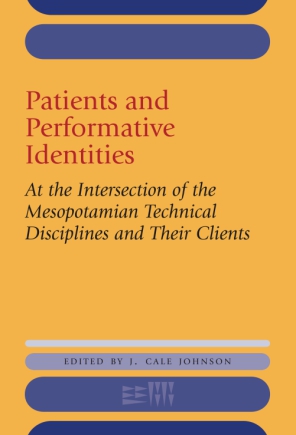
Patients and Performative Identities
At the Intersection of the Mesopotamian Technical Disciplines and Their Clients
Edited by J. Cale Johnson
Just arrived!
The missing piece in so many histories of Mesopotamian technical disciplines is the client, who often goes unnoticed by present-day scholars seeking to reconstruct ancient disciplines in the Near East over millennia. The contributions to this volume investigate how Mesopotamian medical specialists interacted with their patients and, in doing so, forged their social and. . . (more)
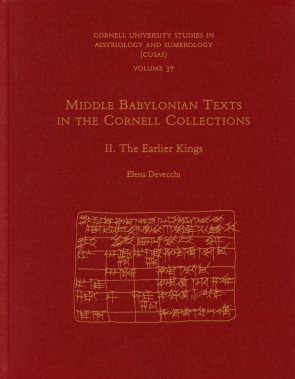
Middle Babylonian Texts in the Cornell Collections, Part 2
The Earlier Kings
Elena Devecchi
Just arrived!
This volume completes the publication of Middle Babylonian texts from the Rosen Collection that date to the Kassite period, a project that was initiated by Wilfred H. van Soldt with CUSAS 30 in 2015. In this book, Elena Devecchi provides full transliterations, translations, and extended commentaries of 338 previously unpublished cuneiform tablets from Kassite Babylonia (ca. 1475–1155 BCE). Most of the texts are dated to the. . . (more)
virtual exhibits & events
We’re excited to offer these virtual exhibits and look forward to seeing you in person at conferences in the future. See the full list of virtual exhibits here.
Virtual author event w/Eisenbrauns authors
11/5, 11/12
(dates tentative)
More details to follow!
Virtual
Annual Meeting
of
ASOR
11/18–22
Annual Meeting
of the
Society of Biblical
Literature
11/21–24
awards & reviews
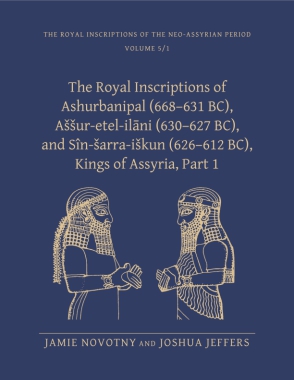
The Royal Inscriptions of Ashurbanipal (668–631 BC), Assur-etal-ilani (630–627 BC), and Sin-sarra-iskun (626–612 BC), Kings of Assyria
Part I
Jamie Novotny and Joshua Jeffers
“The publication of RINAP 5/1 will without doubt be fundamental for future research on the reign of Ashurbanipal. The entire RINAP series has already greatly facilitated Assyriological research and the physical publication of RINAP 5/2, whose content is largely already available on ORACC, is eagerly awaited. The reviewer wishes to thank and congratulate the authors of RINAP 5/1 for their excellent and diligent work.”—Johannes Bach, University of Helsinki in Journal of Near Eastern Studies 79 (2020): 125–27
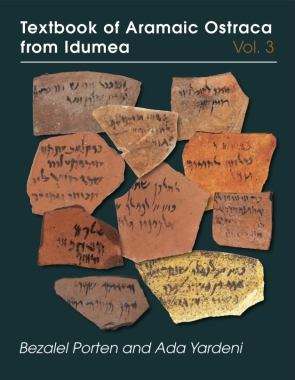
Textbook of Aramaic Ostraca from Idumea
Volume 3
Bezalel Porten and Ada Yardeni
“This series belongs in every research library, since it brings together a large collection of Aramaic texts from fourth-century BCE Idumea in a useable format, servicable for teaching. For students of the Bible, this study falls into Bible backgrounds. Undergraduate teachers may wish to incorporate material, especially the pictures, into discussions of ancient writing media, explaining, for example, the use of sherds versus paper. Graduate teachers could read selected texts, discussing implications for society, culture, and economics.”—Jerome Lund, Kviteseid, Norway in Review of Biblical Literature, July 2020
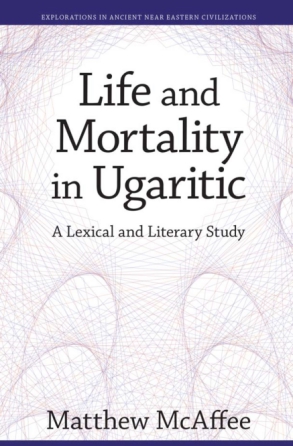
Life and Mortality in Ugaritic
A Lexical and Literary Study
Matthew McAffee
McAffee’s book is “successful in its endeavor to shed new light on the Ugaritian conception of life and mortality. His close attention to philological matters in tandem with literary analyses combines these often separate lines of argumentation into a convincing whole. By starting with conceptions of ‘life’ rather than ‘death,’ McAffee offers a valuable new perspective on ritual and literary responses to mortality at Ugarit. While questions of funerary cult still feature prominently in the book, they make up only one part of a much broader exploration. The expansiveness of McAffee’s discussion will make his work of interest not only to scholars working on Ugarit but also to those working on the broader Ancient Near East and the Hebrew Bible in particular.”—Timothy Hogue, Los Angeles, California in Review of Biblical Literature, July 2020
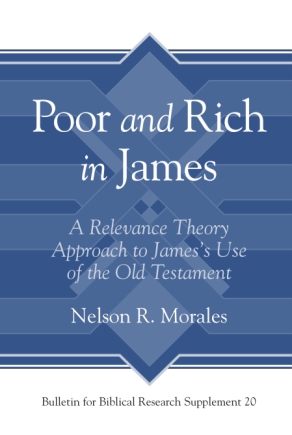
Poor and Rich in James
A Relevance Theory Approach to James's Use of the Old Testament
Nelson R. Morales
“Morales has described a clear methodology and has shown the exegetical benefits of using it. He does well in integrating existing scholarship into his method. In his study he does not just study the use of OT references, but also interprets the entire passage in light of what his method produced. . . . it is an insightful study that offers a good introduction to Relevance Theory, a theory that should be applied to future studies of text quotation and no doubt would also be helpful for studies of intertextuality.”—Benjamin Austin, California, in Bibliotheca Orientalis 77 (2020): 132–34
new from psu press
VIEW Blue Lines, the PSU Press newsletter| Control your subscription options |
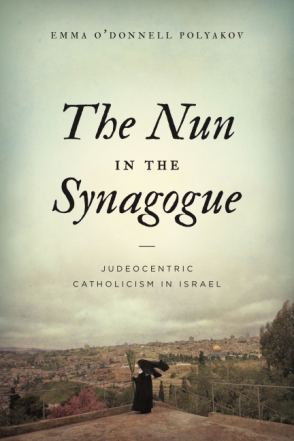 The Nun in the Synagogue
The Nun in the Synagogue
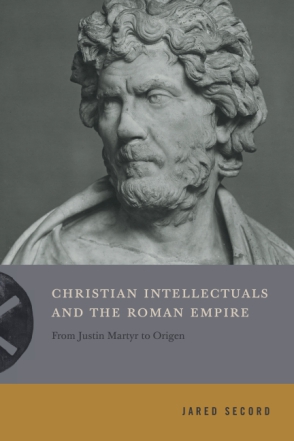 Christian Intellectuals and the Roman Empire
Christian Intellectuals and the Roman Empire


